Online dating has evolved at warp speed in the last two decades, going from niche curiosity to one of the world’s most popular ways to meet a partner. For many singles, Match.com was the original—and, for a time, the most trusted—name in dating. But in 2025, you might be wondering: What happened to Match.com? Is it still relevant? How did it change with new competitors, technology, and cultural shifts?
The Rise: Match.com’s Golden Era
Match.com launched in 1995, essentially creating the modern online dating industry. Its innovations—detailed user profiles, algorithmic matching, and paid subscriptions—redefined how people approached finding love online. By the 2000s and early 2010s, it boasted millions of active users across the globe, dominating both search engine results and word-of-mouth recommendations.
Peak features included:
-
Comprehensive profiles and personality surveys
-
Email, wink, and instant messaging systems
-
Real-world singles events and date guarantees
-
An emphasis on long-term relationships
At its best, Match.com helped millions find marriage and committed partnerships, setting the cultural norm for what online dating could achieve.
The Disruption: Apps, Swiping, and Match.com’s Response
The late 2010s saw a radical shift with the arrival of app-first platforms like Tinder, Bumble, and Hinge. Swiping, geolocation, and instant matching made mobile dating fast and addictive. For a time, Match.com—seen as old-school and slow to innovate—lost mindshare, especially among younger daters.
But Match.com did not disappear—it adapted:
-
A streamlined app and website overhaul, focusing on ease of navigation.
-
Advanced search and filtering to match swiping culture, but with deeper profiles.
-
Introduction of video calls, virtual dating options, and smarter fraud detection.
-
New “Stir” events and “72 Hours” features, emphasizing quick, real-world meetings.
By 2025, modern Match.com integrates many lessons from its younger rivals while holding tight to its reputation for fostering serious, lasting connections.
What’s New: Match.com in 2025
Here’s what sets Match.com apart today:
1. User Diversity and Age Demographic
While its competitors skew very young (18–29), Match.com retains a broad age base—thriving among 30+ and especially 50+ singles. In fact, Match.com is considered the most reputable site for divorced, widowed, or mature singles looking for serious relationships.
2. Relationship Focus
Match.com keeps its core value: helping people find real, meaningful partnerships. Casual daters can have fun, but most users are seeking more than just hookups.
3. Innovations for Real Connections
-
“Stir” and “72 Hours”: Built-in features encouraging daters to move from online chat to safe, in-person meetings within 72 hours, beating endless text fatigue.
-
Video chat and profile verification: Match.com emphasizes authenticity and safety, with photo/selfie verification badges and robust moderation.
4. Fraud and Fake Profile Controls
Online dating scams have plagued all platforms, but Match employs AI, photo checks, and manual reviews to reduce risk—though users must still stay vigilant.
5. Paid Features and Value
Unlike free apps, Match.com maintains a paid, subscription-first model for messaging and premium features. This creates a serious, invested user base, in contrast to “ghosters” or spammers rampant on swipe apps.
Is Match.com Still Worth It?
Absolutely, for many singles.
-
It is unmatched for depth of profile, compatibility tools, and a pool of active users over 30 and 50.
-
Paid membership helps weed out low-effort users.
-
Integrates fresh updates (live events, video) with time-tested matchmaking.
Drawbacks?
-
Younger singles may find larger chat volumes elsewhere.
-
Some areas (especially rural) may see lower user density.
-
Success depends on profile effort, communication, and realistic expectations.
Why Did Some People Think Match.com “Disappeared”?
Rumors of decline often came from:
-
Noise around newer, flashier apps.
-
Younger users turning to free, swiping experiences.
-
Market share in certain demographics shifting.
In reality, Match.com just evolved, focusing more intentionally on serious singles, proven safety, and deeper conversations.
Real User Stories: Match.com in the Modern Era
“I came back to online dating after a divorce at 52. Apps felt chaotic, but Match was familiar—and I found people who actually wanted to talk and meet, not just flirt endlessly.”
— Deb, Match.com user, 2025
“Match’s video verification made me feel safer, and the 72 Hours feature got me off the app and into real dates quickly!”
— Samir, Match.com user, 2025
How to Succeed with Match.com Today
-
Complete your profile with recent photos and detailed prompts.
-
Engage with ‘Stir’ events—they’re a proven way to move past chat and meet like-minded singles safely.
-
Use verification and privacy features.
-
Stay patient and proactive—message actively and set realistic expectations.
Looking Ahead: The Future of Match.com
Expect more personalization, safer verification, global expansion, and a continued focus on IRL (in real life) dating experiences—plus further integrations of AI-driven matching. Match.com remains one of the Internet’s pillars for relationship seekers.
Online Dating Safety
For the most up-to-date, expert-backed advice on staying safe while dating online, visit the Federal Trade Commission (FTC)’s guide:
https://consumer.ftc.gov/articles/online-dating-scams
This resource offers current tips on vetting matches, protecting your identity, and avoiding scams across all dating sites—not just Match.
Read More: What Happens When Someone Wants to Meet You on Match.com? (2025 Comprehensive Guide)
Conclusion:
Far from being obsolete, Match.com is now a modern, thriving haven for serious daters—especially those over 30. With deeper profiles, authentic connections, and a strong commitment to safety, it remains a leader in online romance. The story of Match.com is one of evolution, not disappearance—embracing new tech and dating norms while staying true to its foundational promise: real connections for real people.

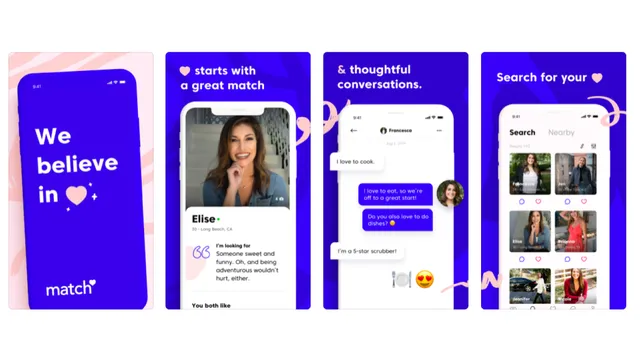
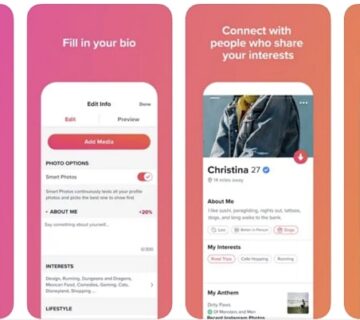
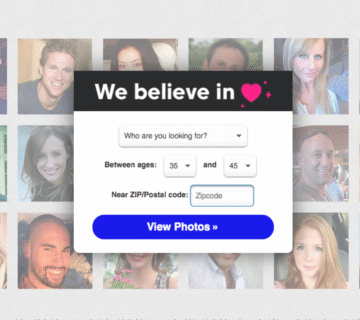
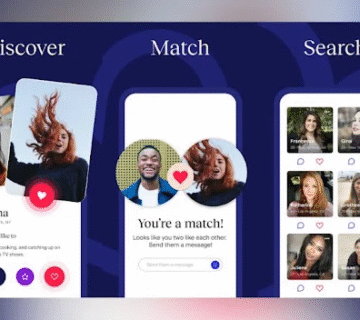

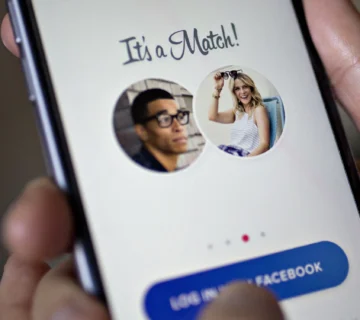
[…] Read More: What Happened to Match.com Dating? The 2025 Definitive Guide […]